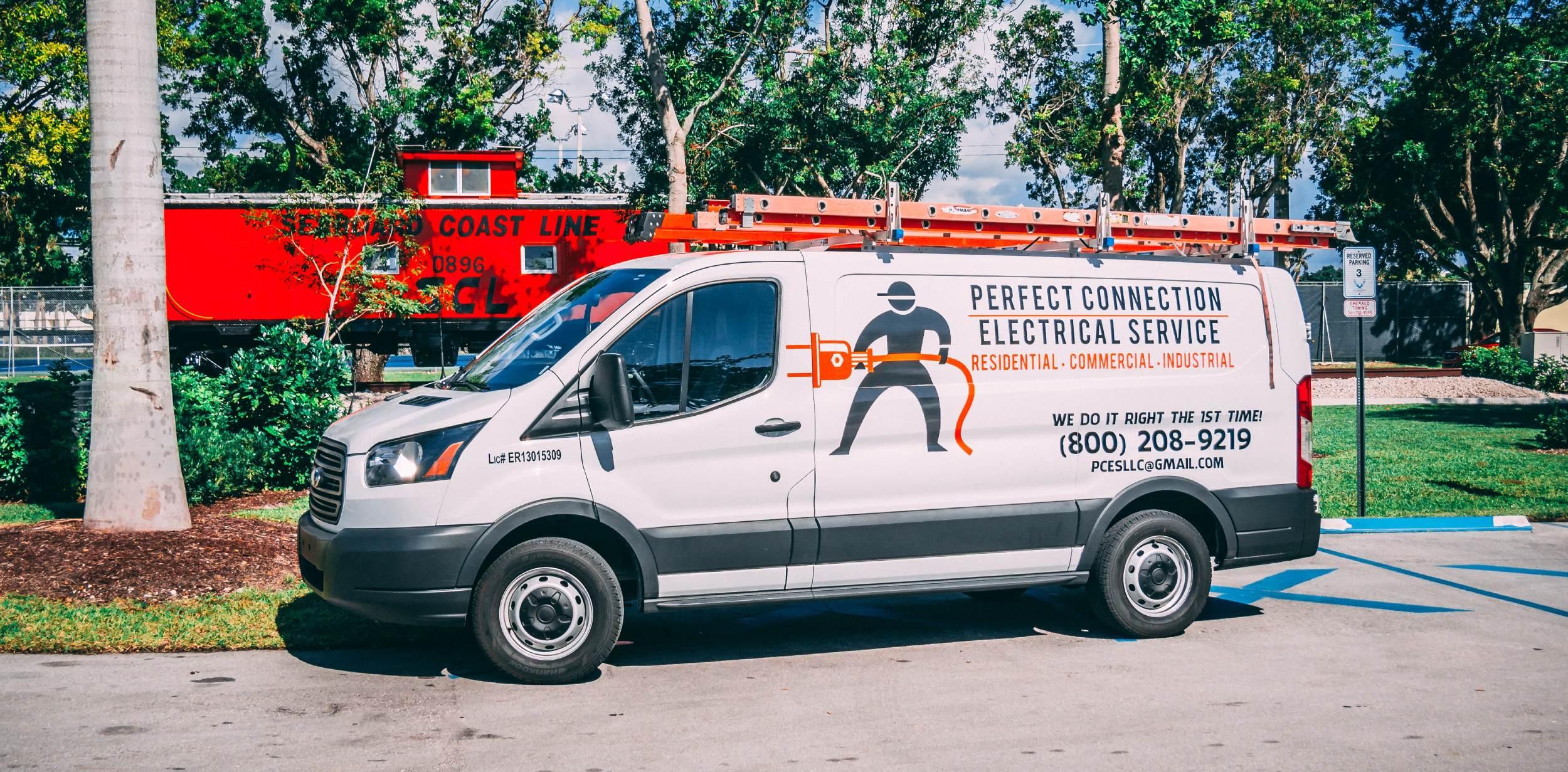When it comes to modern home convenience, few appliances are as essential as the water heater. Whether you're upgrading your current system or installing one in a new construction, a proper water heater installation is critical to ensuring safety, efficiency, and long-term performance. This guide dives deep into the process, with particular emphasis on Water Heater Wiring Installation and specialized considerations for electric water heater wiring installation.
Understanding the Basics of Water Heater Installation
Before diving into the electrical aspects, it's important to understand what a full water heater installation entails. The process includes:
-
Choosing the right size and type of water heater (tank vs. tankless, gas vs. electric)
-
Ensuring the unit meets local building and plumbing codes
-
Physically mounting and securing the water heater in place
-
Connecting water supply lines and pressure relief valves
-
Running electrical wiring or gas lines, depending on the model
An electric water heater, the focus of this article, eliminates the need for gas lines but places significant importance on the wiring aspect for safe and effective performance.
Water Heater Wiring Installation: Key Considerations
Water Heater Wiring Installation is a crucial step in the setup process, particularly for electric models. Faulty or substandard wiring can lead to inefficient heating, tripped breakers, or even electrical fires.
Here are the core components and best practices for Water Heater Wiring Installation:
1. Determine Electrical Requirements
Before you begin, you need to identify the power requirements of your specific water heater. Most residential electric water heaters require:
-
A dedicated 240-volt circuit
-
A double-pole 30-amp breaker
-
10-2 NM cable (10-gauge wire with a ground)
These requirements ensure that the heater has enough power to operate efficiently without overloading the system.
2. Disconnect Power
Safety first: Always turn off the main power at the breaker box before beginning any Water Heater Wiring Installation. Use a voltage tester to ensure the wires are not live before handling them.
3. Install a Disconnect Switch (Optional but Recommended)
While not always required by code, especially for indoor installations, a disconnect switch near the unit provides an added layer of safety. This switch allows you to cut power to the heater during maintenance without having to access the main breaker panel.
Electric Water Heater Wiring Installation: Step-by-Step
When performing an electric water heater wiring installation, follow these professional-grade steps:
Step 1: Run the Wire
Using 10-2 NM cable, run wiring from the breaker panel to the location of the water heater. Ensure the cable is secured with proper staples and routed through approved conduits or stud holes.
Step 2: Connect to the Breaker Panel
At the panel:
-
Install a 30-amp double-pole breaker
-
Connect the black and white wires to each pole of the breaker
-
Mark the white wire with black tape to indicate it’s a hot wire
-
Attach the ground wire to the grounding bus bar
This setup ensures that both legs of the 240V circuit are properly connected and that your system is grounded.
Step 3: Wire the Water Heater
Inside the junction box on top of the heater:
-
Remove the cover to expose wiring terminals
-
Connect the black and white (hot) wires to the designated terminals (often marked L1 and L2)
-
Attach the ground wire to the ground screw
Always double-check your connections against the manufacturer’s wiring diagram.
Step 4: Secure Connections and Test
Once all connections are made:
-
Secure the cover back on the junction box
-
Turn the breaker on at the panel
-
Test for power and verify that the water heater is heating water as expected
Allow the tank to fill with water before energizing the unit to prevent dry firing and potential damage to the heating elements.
Compliance and Inspection
After any electric water heater wiring installation, it is strongly recommended to have the work inspected by a licensed electrician or local building inspector. Code violations can not only compromise safety but may also void your homeowner's insurance or lead to expensive repairs in the future.
Most jurisdictions follow the NEC (National Electrical Code), but local amendments can vary. Always consult with your local authority or a professional when planning a Water Heater Wiring Installation.
Safety Tips and Common Mistakes to Avoid
-
Never undersize the circuit breaker or wire gauge. Overheating and electrical fires can result.
-
Don’t reuse old wiring if you’re replacing a water heater. Age and wear can compromise performance.
-
Always fill the tank before applying power to avoid damaging the heating elements.
-
Label the circuit in your breaker panel for future maintenance or emergencies.
Conclusion
A successful water heater installation requires more than just plumbing knowledge — it demands a solid grasp of electrical systems. A correctly executed Water Heater Wiring Installation and especially a safe, code-compliant electric water heater wiring installation can extend the life of your unit, lower energy bills, and provide peace of mind.
Whether you're a homeowner considering a DIY approach or a professional brushing up on best practices, this guide should serve as a comprehensive resource. For complex projects or uncertainty, never hesitate to call a licensed electrician — because when it comes to electricity and water, safety is always the top priority.
